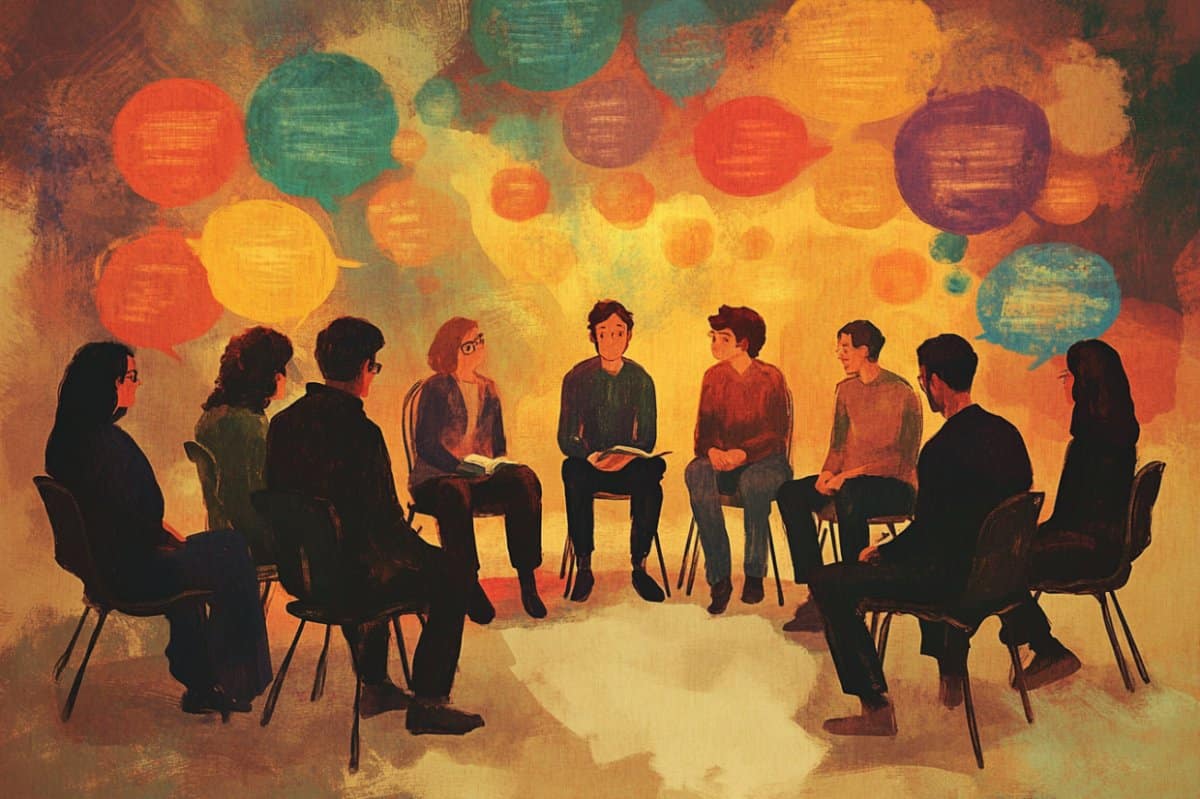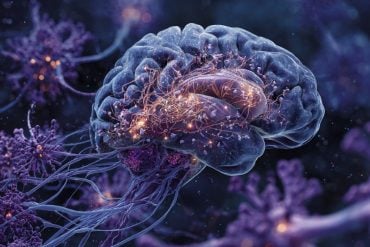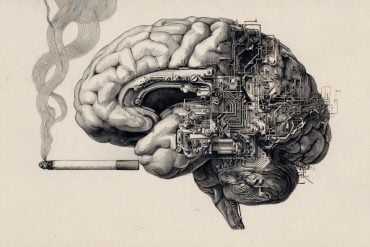Summary: A new study has debunked the common myth that autistic people are less effective communicators than non-autistic individuals. Researchers found no difference in how well information was shared between autistic-only, non-autistic-only, or mixed groups.
Instead, the results suggest that communication challenges often stem from mismatches in communication styles rather than a lack of ability. Both autistic and non-autistic people preferred interacting within their own neurotype, highlighting the importance of mutual understanding.
Key Facts:
- Equal Effectiveness: Autistic and non-autistic people were equally successful at passing on information.
- Style Mismatch: Communication challenges arise from differences in style, not ability.
- Inclusive Implication: Findings support framing autism as a difference, not a deficit, and reducing stigma.
Source: University of Edinburgh
There is no significant difference in the effectiveness of how autistic and non-autistic people communicate, according to a new study, challenging the stereotype that autistic people struggle to connect with others.
The findings suggest that social difficulties often faced by autistic people are more about differences in how autistic and non-autistic people communicate, rather than a lack of social ability in autistic individuals, experts say.
Researchers hope the results of the study will help reduce the stigma surrounding autism, and lead to more effective communication support for autistic people.
Autism is a lifelong neurodivergence and disability, and influences how people experience and interact with the world.
Autistic people often communicate more directly and may struggle with reading social cues and body language, leading to differences in how they engage in conversation compared to non-autistic people.
The study, led by experts from the University of Edinburgh, tested how effectively information was passed between 311 autistic and non-autistic people.
Participants were tested in groups where everyone was autistic, everyone was non-autistic, or a combination of both.
The first person in the group heard a story from the researcher, then passed it along to the next person. Each person had to remember and repeat the story, and the last person in the chain recalled the story aloud.
The amount of information passed on at each point in the chain was scored to discern how effective participants were at sharing the story. Researchers found there were no differences between autistic, non-autistic, and mixed groups.
After the task, participants rated how much they enjoyed the interaction with the other participants, based on how friendly, easy, or awkward the exchange was.
Researchers found that non-autistic people preferred interacting with others like themselves, and autistic people preferred learning from fellow autistic individuals. This is likely down to the different ways that autistic and non-autistic people communicate, experts say.
The findings confirm similar findings from a previous smaller study undertaken by the same researchers. They say the new evidence should lead to increased understanding of autistic communication styles as a difference, not a deficiency.
Dr Catherine Crompton, Chancellor’s Fellow at the University of Edinburgh’s Centre for Clinical Brain Sciences, said: “Autism has often been associated with social impairments, both colloquially and in clinical criteria.
“Researchers have spent a lot of time trying to ‘fix’ autistic communication, but this study shows that despite autistic and non-autistic people communicating differently it is just as successful.
“With opportunities for autistic people often limited by misconceptions and misunderstandings, this new research could lead the way to bridging the communication gap and create more inclusive spaces for all.”
Funding: The study was funded by the Templeton World Charity Foundation. It also involved researchers from the University of Texas at Dallas, the University of Nottingham, and the University of Glasgow.
About this ASD and communication research news
Author: Guy Atkinson
Source: University of Edinburgh
Contact: Guy Atkinson – University of Edinburgh
Image: The image is credited to Neuroscience News
Original Research: Open access.
“Information transfer within and between autistic and non-autistic people” by Catherine Crompton et al. Nature Human Behavior
Abstract
Information transfer within and between autistic and non-autistic people
Autism is clinically defined by social communication deficits, suggesting that autistic people may be less effective at sharing information, particularly with one another. However, recent research indicates that neurotype mismatches, rather than autism itself, degrade information sharing.
Here, using the diffusion chain method, we examined information transfer in autistic, non-autistic and mixed-neurotype chains (N = 311), replicating and extending a key study.
We hypothesized that information transfer would deteriorate faster and rapport would be lower in mixed-neurotype compared with single-neurotype chains. Additionally, we examined whether informing participants of the diagnostic status of their chain and whether information was fictional or factual impacted performance and rapport.
We found no difference in information transfer between single-neurotype and mixed-neurotype chains. Non-autistic chains indicated higher rapport, and disclosing diagnosis improved rapport.
This result challenges assumptions about autistic communication deficits but contrasts with prior findings. Enhanced participant heterogeneity and methodological differences may explain these unexpected results.
Protocol registration
The Stage 1 protocol for this Registered Report was accepted in principle on 23 August 2022. The protocol, as accepted by the journal, can be found at https://osf.io/us9c7/.








